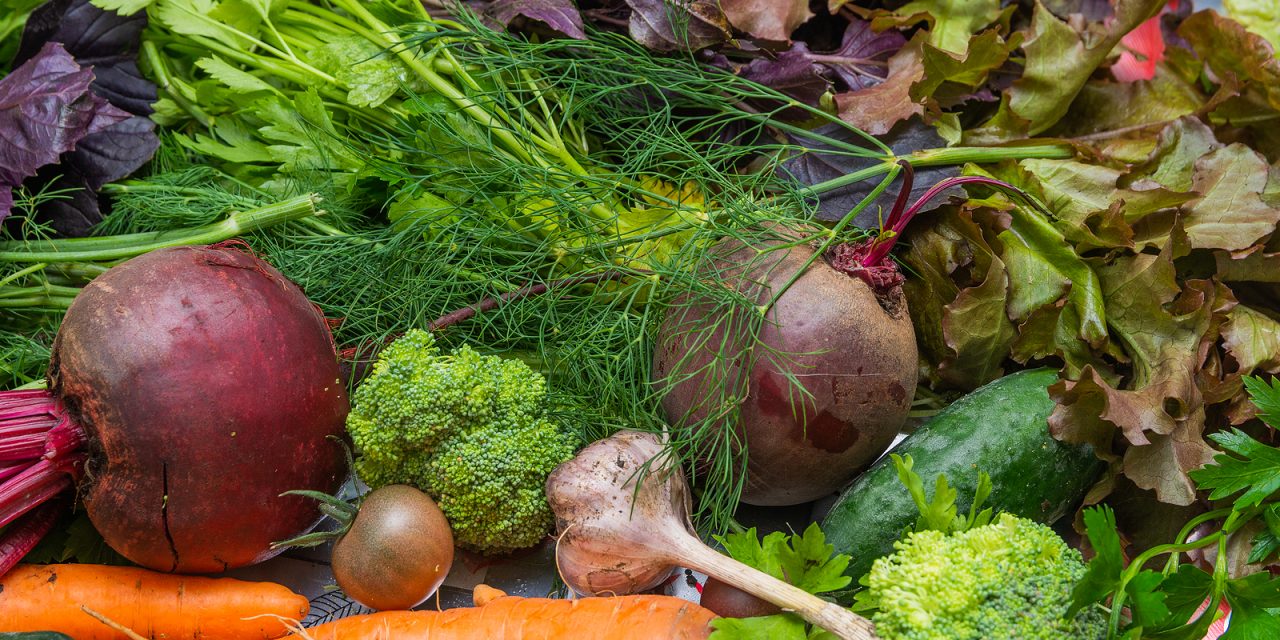It’s Thanksgiving, and many of us will spend time this holiday week around a dining room table. Families will gather, meals will be prepared and food will be eaten. Of all of the holidays, it is my favorite. As Christians, we are to always be thankful, but this is the season—the appointed time of collective thankfulness.
Eccl. 3:1 tells us, “There is an appointed time for everything. And there is a time for every matter under heaven.” Isn’t the truth of this verse comforting? We can work around and force things to happen, but when matters are conducted in God’s time, the proper time, they always turn out better. This is true with both big and small things, right down to the foods that we grow and eat.
I realize that most people tend to think of vegetable gardening as a spring and summer activity. However, fall gardening is not just an add-on at the end of the year, so avid gardeners can extend their hobby time. Many root vegetables, brassicas and leafy greens need the colder weather in order to properly mature and taste their best. I think everyone who appreciates good food can relate to what it’s like to eat a tomato in January or a peach in September. Sure, we’re grateful for supermarkets, so we can obtain the produce, but neither pieces of fruit tastes lip-smackingly delicious because they are out-of-season.
When God created our food, the delicious and colorful fruits, vegetables, berries and herbs, He made sure that we would have incredible tasting food in all seasons and at the right times. Many of what we refer to as “Oklahoma’s cool season vegetables” actually improve when planted in the fall and mature going into the winter, as the temperatures drop.
Incredible as it may seem, when temperatures become freezing, many plants convert some of their starches into sugars and produce antifreeze proteins. According to the National Center for Biotechnology Information, “Antifreeze proteins (AFPs) are specific proteins, glycopeptides and peptides made by different organisms to allow cells to survive in sub-zero conditions. AFPs function by reducing the water’s freezing point and avoiding ice crystals’ growth in the frozen stage. Their capability in modifying ice growth leads to the stabilization of ice crystals within a given temperature range and the inhibition of ice recrystallization that decreases the drip loss during thawing.” You can read more here.
To put it in layman’s terms, many vegetables need a few good frosts (or even a little snow on them) in order to taste their best. As the plant converts its starches into sugars, it becomes sweeter, so eating a carrot, beet or some kale in the winter is much more rewarding than eating it in the summer. It’s during the cold weather that these foods are in-season. It is their appointed time. Isn’t our God incredible!?!
If you are a “foodie” and want a fun project? Try making a calendar that reflects when different fruits and vegetables in your growing zone are in-season. This doesn’t necessarily mean the date that they are planted but rather when they are at their peak and harvested.
Throughout the next year, as you work to eat through the seasons, I feel quite sure that you will develop a whole new appreciation for certain foods and will also enjoy the journey of finding local farms or growers who have the various items on your calendar. You can find Oklahoma farms to visit here.
This year, as you gather with family and friends for your Thanksgiving meal, whether the foods prepared are in-season or out-of-season, let me encourage you to be truly thankful for all of it. Pause to reflect on the goodness and abundance of God’s provision. Dwell in the amazement of His creation. Freely give thanks and count your many blessings.
Offer praise to our loving Heavenly Father for His mercy and gift of eternal life through His son Jesus Christ. May your heart be full of simple gratitude and joy.
“In everything give thanks; for this is the will of God for you in Christ Jesus” (1 Thess. 5:18).





